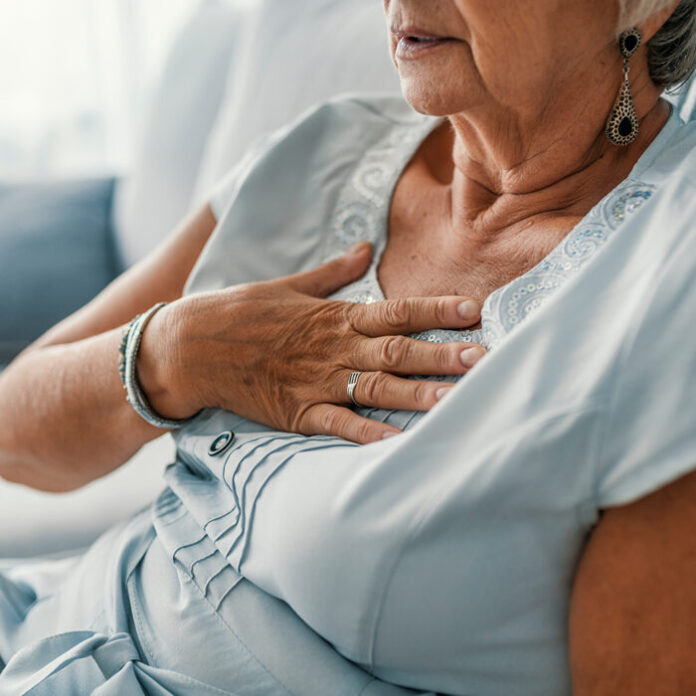If you have ever faced issues while breathing for a minute or two, people might tell you there is nothing to worry about. When you perform activities that involve the function of your muscular, cardiovascular, and respiratory systems, your body is likely to feel short of breath, or your heart may race faster than usual but for a short period.
When we do activities such as exercising, our muscles use oxygen, and hence we feel issues while breathing. However, if the shortness of breath or increased heart rate is consistent for more than a few minutes, it could be related to something else. Those causes are often simple to cure or explain. If you want to know about more ways to tell if you have breathing issues, continue reading.
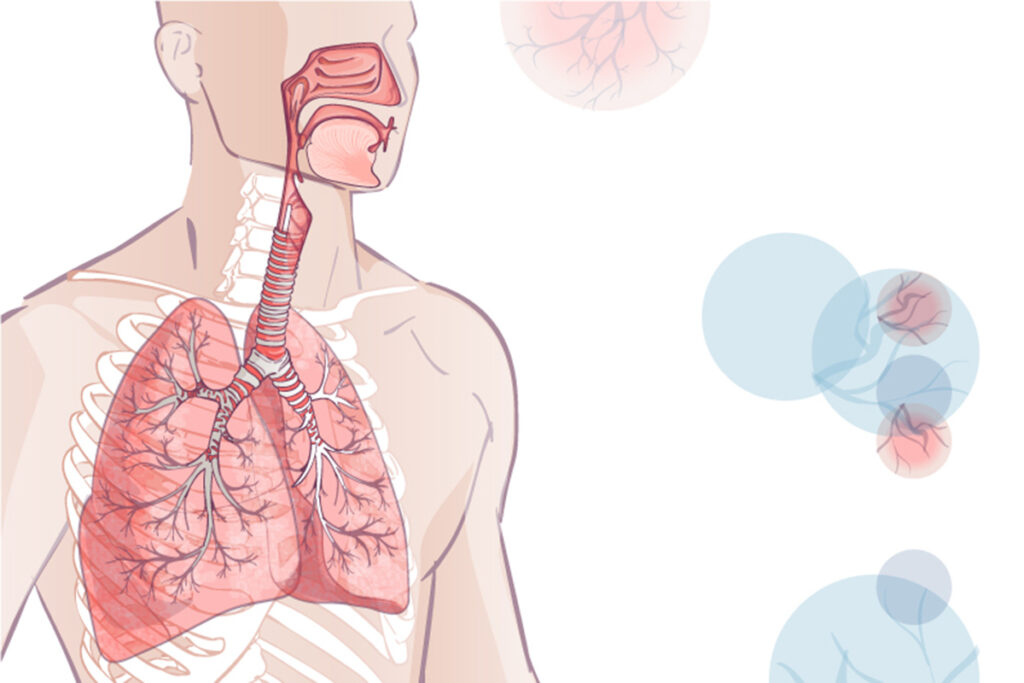
What Exactly Are Breathing Issues?
When you can’t get enough oxygen, your chest can feel tight, you can feel breathless, or like you’re suffocating. And if you are experiencing such signs frequently, then you have a breathing problem.
If you are overweight or have just engaged in rigorous exercise, you may face shortness of breath. It can also happen at high altitudes or in harsh temperatures.
If you’re having trouble breathing for any other reason, it’s most likely an indication of a medical problem.
It is essential to practice proper breathing techniques to ensure that you never suffer from breathing issues. Check here to know more about proper breathing techniques.
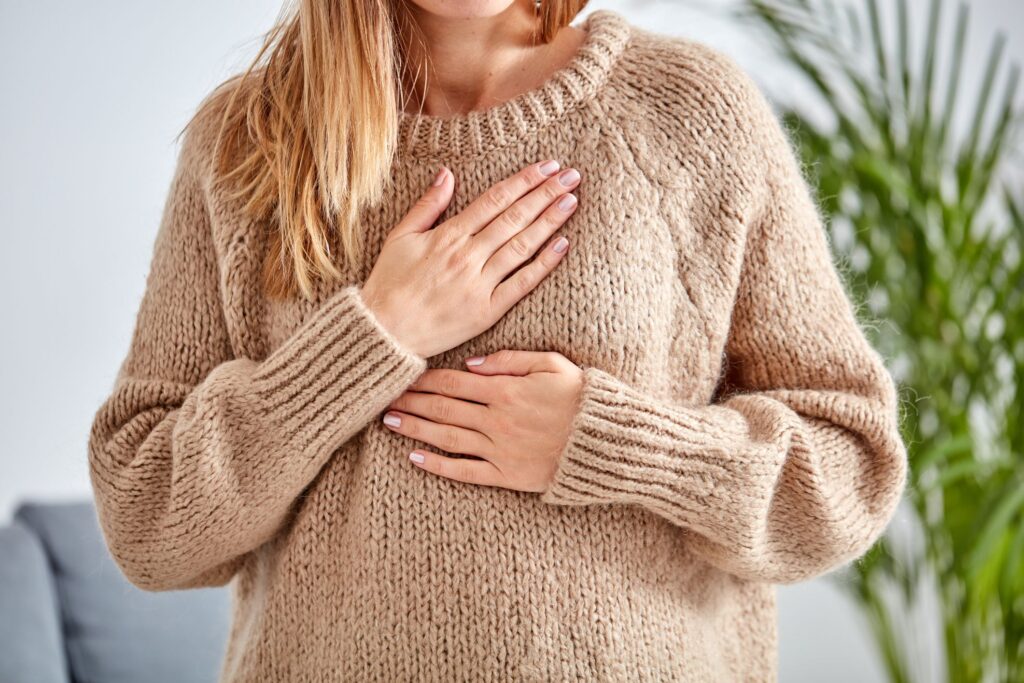
What Causes Breathing Problems?
- You may sound wheezy and out of breath if you have asthma. It could be brought on by a cold (viral infection) or an allergy (for example, hay fever).
- Pneumonia is a severe chest infection that causes you to feel short of breath. If you’re sick, you can feel breathing issues, with a high fever and a cough with greenish phlegm (sputum).
- COPD (chronic obstructive pulmonary disease) is a lung illness that causes dyspnea and cough. The airways narrow and become irritated. As a result of a chest infection, breathing issues may get suddenly worse.
- Heart disease, such as heart failure, occurs when the heart does not pump adequately. Heart failure causes a build-up of pressure in blood arteries that cater to the heart, causing it to pump inefficiently (veins). Fluid builds up in the body’s tissues as a result of the increased pressure. The additional fluid shows up as ankle swelling due to gravity.
- A clot in the lungs is known as a pulmonary embolism. A blood clot in the leg usually creates a painful and swollen calf. The clot forms after a period of immobility (for example, after a long flight) and travels via the bloodstream to the lungs.
- Breathlessness, panic, rapid heartbeat (palpitations), and sweating are all symptoms of anxiety.
- Some medicines can make you feel that you are having trouble breathing, especially if you already have a disease that causes it. Taking propranolol or aspirin, for example, might cause breathing problems.
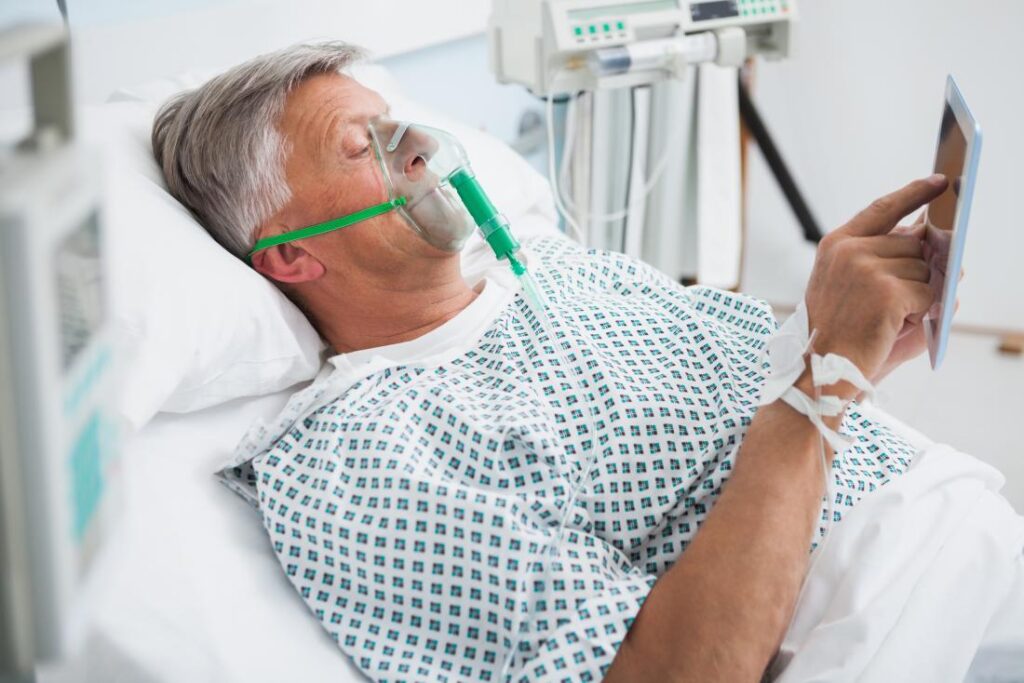
Signs Of Troubled Breathing
People with breathing problems exhibit signs of respiratory distress, such as having to struggle harder to breathe or not getting enough oxygen. A list of symptoms that may suggest that a person is struggling harder to breathe and isn’t receiving enough oxygen is provided below. It’s critical to understand the signs of respiratory distress so you can respond appropriately.
-
The rate of inhalation
A rise in the number of breaths per minute could indicate that a person is having difficulty breathing or isn’t receiving enough oxygen.

-
Color change
When you fail to get enough oxygen, bluish color around the mouth, on the inside of the lips, or the fingernails can appear. The skin color may also appear pale or gray.
-
Grunting Sound
Every time you exhale, a grunting sound may be heard. This grunting is the body’s attempt to maintain the air in the lungs and keep them open.
-
Flaring of the nose
While breathing, the apertures of the nose may stretch open, indicating that you are struggling really hard to catch a breath.
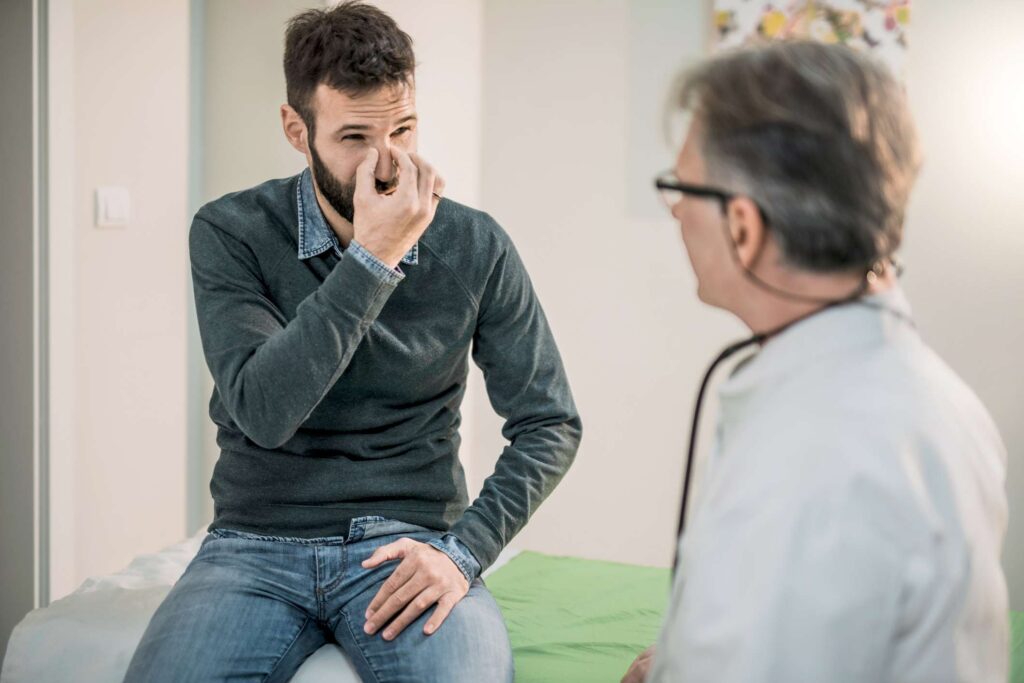
-
Retractions
The chest appears to sink in precisely below the neck, beneath the breastbone, or both with each breath. It is one approach to get more air into the lungs, and it can be observed behind the rib cage or in the muscles between the ribs.
-
Sweating
Although there is more sweat on the head, your body temperature may not rise at all. The skin can also feel chilly or clammy more frequently. It can happen when the breathing rate is exceedingly fast.
-
Wheezing
Each breath may produce a tight, whistling, or melodic sound, indicating that the air channels are narrower (tighter), making breathing more difficult. You may have a lot of mucus, a wheezing sound when you breathe, and your symptoms may get worse with exercise or at night if you have asthma or chronic obstructive pulmonary disease (COPD).
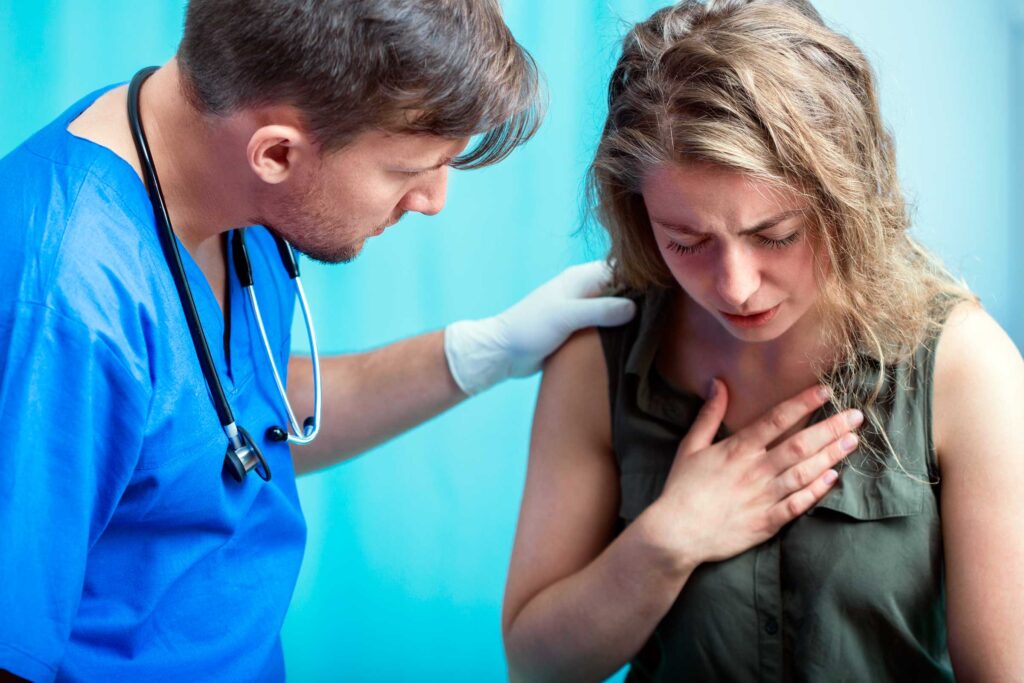
-
Position of the body
While sitting, you may try to lean forward to help them take deeper breaths. It is a symptom that you are on the verge of collapsing due to breathing problems.
-
Cold And Cough
You may also have a cough, sore throat, fever, sneezing, blocked or runny nose, and general congestion if your breathing problems are caused by a cold or chest infection.
-
Chest Pain
If the problem is with your heart, you may have chest pain, light-headedness, and nausea. Take your medication as advised if you’ve been diagnosed with angina. Take another dose after 5 minutes.
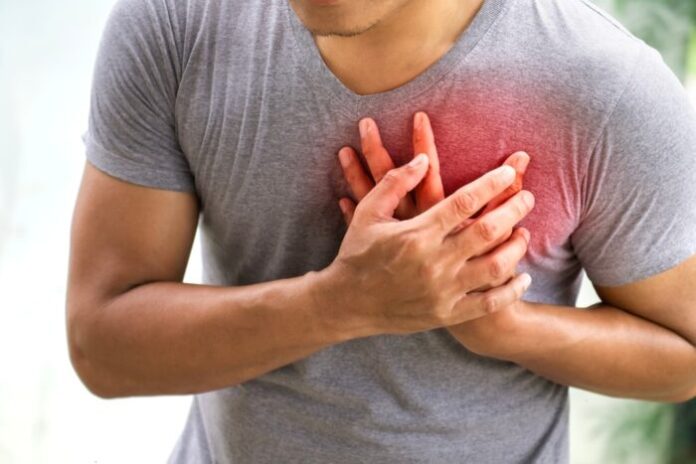
-
Increased Heart Rate
If you have a panic attack, you may also experience a racing heart, shivering, nausea, dizziness, sweating, and a sensation of impending doom or danger.
Conclusion
You’ll need to figure out what’s causing the problem and try to solve it if at all possible. Don’t smoke, or if you do, get help quitting because smokers are more likely to have all of the expected significant causes of breathing problems.
You are less prone to become breathless if you maintain a healthy weight and exercise regularly. Take the necessary precautions at the earliest. To maintain a healthy respiratory system, practice proper breathing techniques and exercises, and stay fit.

